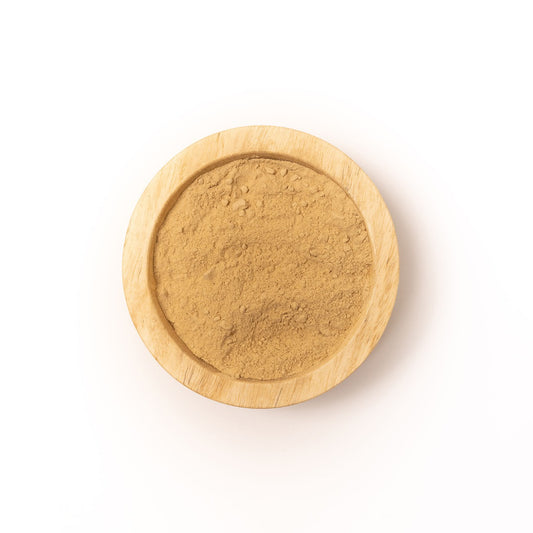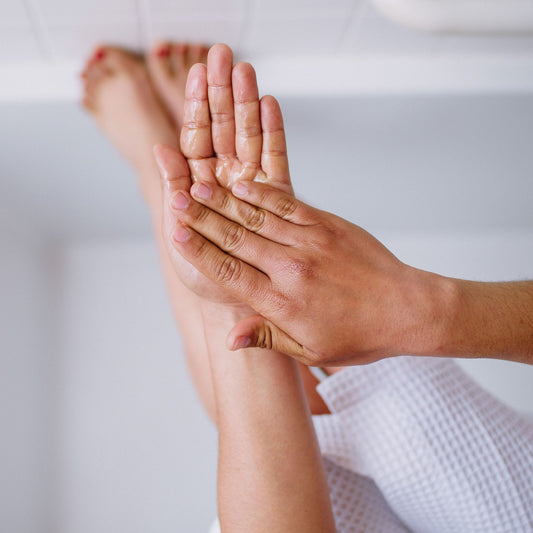Adrenal fatigue seems like an epidemic, and it's no wonder. These two tiny little glands that sit on top of the kidneys do a lot of work for us. And these days, like everyone else, they are overworked.
In the time of ancient Ayurveda, it was probably less common to see something like adrenal fatigue. And as far as I know, this term and the associated signs of fatigue were not as connected to a specific organ, but more to the observation of patterns. Those patterns are the gunas (qualities), which make up the doshas.
Adrenal fatigue can be categorized as an imbalance of vata, pitta, or both. Usually overdoing (pitta tendency) and over-stimulating the senses (vata tendency) lead to an overload that our sensitive systems will need to digest. Since the mind can move and evolve much faster than the body, our physiology is taking time to catch up with how fast our world, our technology, and even our diets, are changing.
The adrenals seem to be one of the signposts that is saying “enough is enough.” When the adrenals shout out, the other endocrine organs are not far behind, and the liver and the heart will feel the repercussions too.
This imbalance does not happen overnight, and when working with a natural approach to balance the adrenals, you may not see results immediately. Nonetheless, there are things you can begin to do and avoid to balance vata and pitta, and these things are particularly helpful if you feel your adrenals are fatigued.
Balancing Vata and Pitta
Cut out stimulants and screen time. When feeling low, reaching for an immediate fix is common. Even seemingly mild stimulants are one of the most draining things for the adrenals. Coffee, tea, sugar, and chocolate—no matter how organic or pure—ask the already overtaxed adrenals for more, more, more. The times for stimulants are when you're already feeling good and strong, but when you're feeling tired, rest is truly the ultimate re-energizer.

I am adding screen time here—including social media, reading online, and texting. These devices can be the biggest and sneakiest prana (energy) sucks in our lives. And when we are already low, we can't afford to direct our precious energy outside of ourselves. Not only is this an energy drain, but it fills the mind with more “stuff” that needs to be digested by the already over-taxed, over-working agni (digestive fire).
Practice Yoga Nidra. I remember one of my teachers saying, “When we're hungry, we eat, when we're thirsty, we drink. But when we're tired, we ask, 'what's wrong with me?' ” Yoga Nidra is the ultimate full stop. This is a meditation done lying down in Savasana (Corpse Pose), and it helps to calm and re-direct scattered prana.
When prana is scattered, it becomes an imbalanced and erratic vata dosha, which can be described as an unintelligent and unhelpful flow of energy. There are many great websites that explain, in detail, how to do Yoga Nidra, and you can easily find free audio instructions online. For a specific recommendation, try asking your yoga teacher. Lying down between 2 and 6 p.m. is specifically helpful for vata balancing, as vata is more dominant at this time of day. And with adrenal fatigue, this is usually the most challenging time of the day.
Give yourself an Ayurvedic self-massage (abhyanga). Abhyanga is one of the most vital tools for balancing vata dosha. Using warm Vata Massage Oil can be particularly helpful in bringing the heavy, warm, soft, and oily qualities that balance vata. This resource on Ayurvedic self-massage will walk you through the basics. A self-massage can be a part of your daily self-care routine for long term health.
Try a ginger compress. Following a self-massage, you may also consider a ginger compress over the kidneys and adrenals for specific therapeutic effect. This warming compress stimulates vrukka marma, which is connected to the kidney function and adrenals. Gentle warmth is inherently giving and nourishing. And when the adrenals are depleted, warmth, nourishment, and grounding is preferred. Traditionally in Ayurveda, oiling the body is always done before sweating or applying heat (svedhana). The effects may be subtle, but they are also profound.









